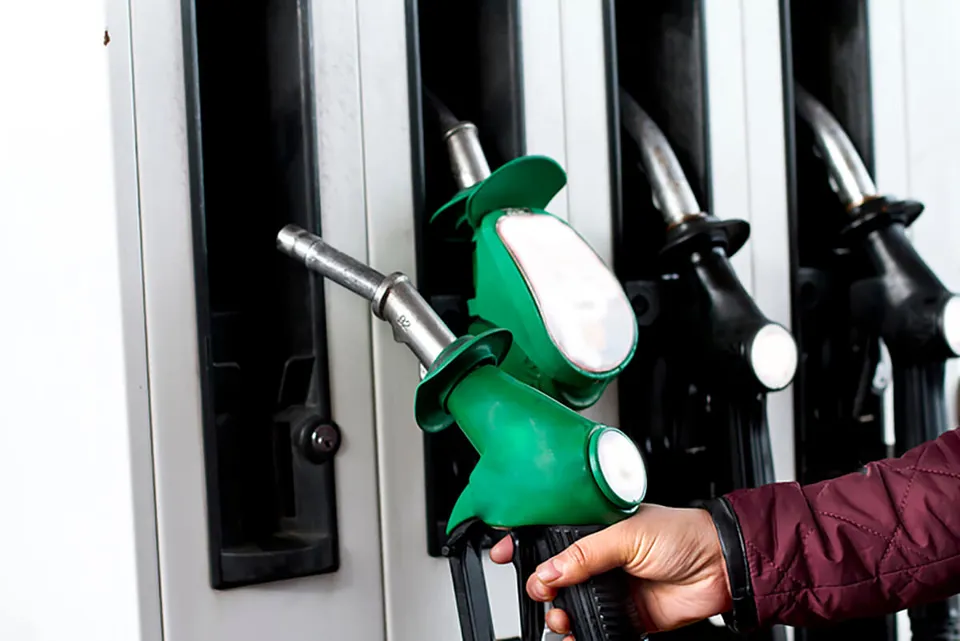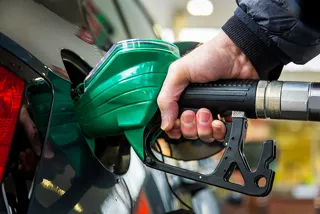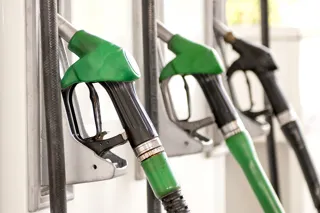Fuel retailers have increased profit margins, resulting in drivers and fleets having to pay more at the pumps, the Competition and Markets Authority (CMA) has found.
The CMA says that, while the evidence shows that the majority of fuel price increases are due to global factors, such as the Russian invasion of Ukraine, indications are that higher pump prices cannot be attributed solely to factors outside the control of the retailers.
Based on evidence gathered as part of its Road Fuel market study, it has concluded that the higher prices drivers are paying at the pumps appear, in part, to reflect some weakening of competition in the road fuel retail market.
Fuel margins have increased across the retail market, it says, particularly for supermarkets over the past four years.
As a result of these increasing margins, average 2022 supermarket pump prices appear to be around 5 pence per litre (ppl) more expensive than they would have been had their average percentage margins remained at 2019 levels.
Although supermarkets still tend to be the cheapest retail suppliers of fuel, evidence from internal documents indicates that at least one supermarket has significantly increased its internal forward-looking margin targets over this period, according to the CMA.
It did not name the supermarket but added that other supermarkets have recognised this change in approach and may have adjusted their pricing behaviour accordingly.
The CMA is also concerned that it may be seeing evidence of weaker competition in diesel, as compared with petrol, since the beginning of 2023.
RAC fuel spokesman Simon Williams said: “We are very pleased to hear that the Competition and Markets Authority has confirmed what we have been saying for a long time about the biggest retailers taking more margin per litre on fuel than they have in the past.
“Currently, the average price of diesel is more than 20p a litre overpriced simply because they refuse to cut their prices.
“The wholesale price of diesel is actually 4p lower than petrol, yet across the country it is being sold for 9p a litre more – 154.31p compared to 144.95p for unleaded.
“Something badly needs to change to give drivers who depend on their vehicles every day a fair deal at the pumps. We hope even better news will be forthcoming later this summer.”
The CMA says that, while some degree of variation in diesel retail margin is to be expected given the high levels of volatility in diesel wholesale prices, the high margins in 2023 appear to have gone on longer than would be expected.
It said it needed to understand whether weaker competition is part of the explanation for this.
The CMA added: “While the level of engagement with the study has varied across supermarkets, we are not satisfied that they have all been sufficiently forthcoming with the evidence they have provided.
“In particular, important information has only been received late in the day and after several rounds of information gathering.
“Given the concerns we have about a market of such importance to millions of drivers it is vital we get to the bottom of what is going on.”
The CMA will now conduct formal interviews with the supermarkets’ senior management in order to get to the heart of the issues.
Gordon Balmer, executive director of the Petrol Retailers Association, said: “The CMA have made supermarkets the focus of their update, noting only that non-supermarket retailers are traditionally price followers in the market.
“As noted by the CMA, petrol and diesel prices are still volatile due to the ongoing war in Ukraine. The market is very dynamic and independent forecourts are in many cases undercutting supermarkets on price. Our advice to motorists remains to shop around.
“We have cooperated with all of the CMA’s requests for information and will continue to do so as they prepare their final report to be released.”
The CMA will issue its final report no later than July 7, covering the full range of issues it has considered in this market and setting out any further action that we think is needed.






















Login to comment
Comments
No comments have been made yet.